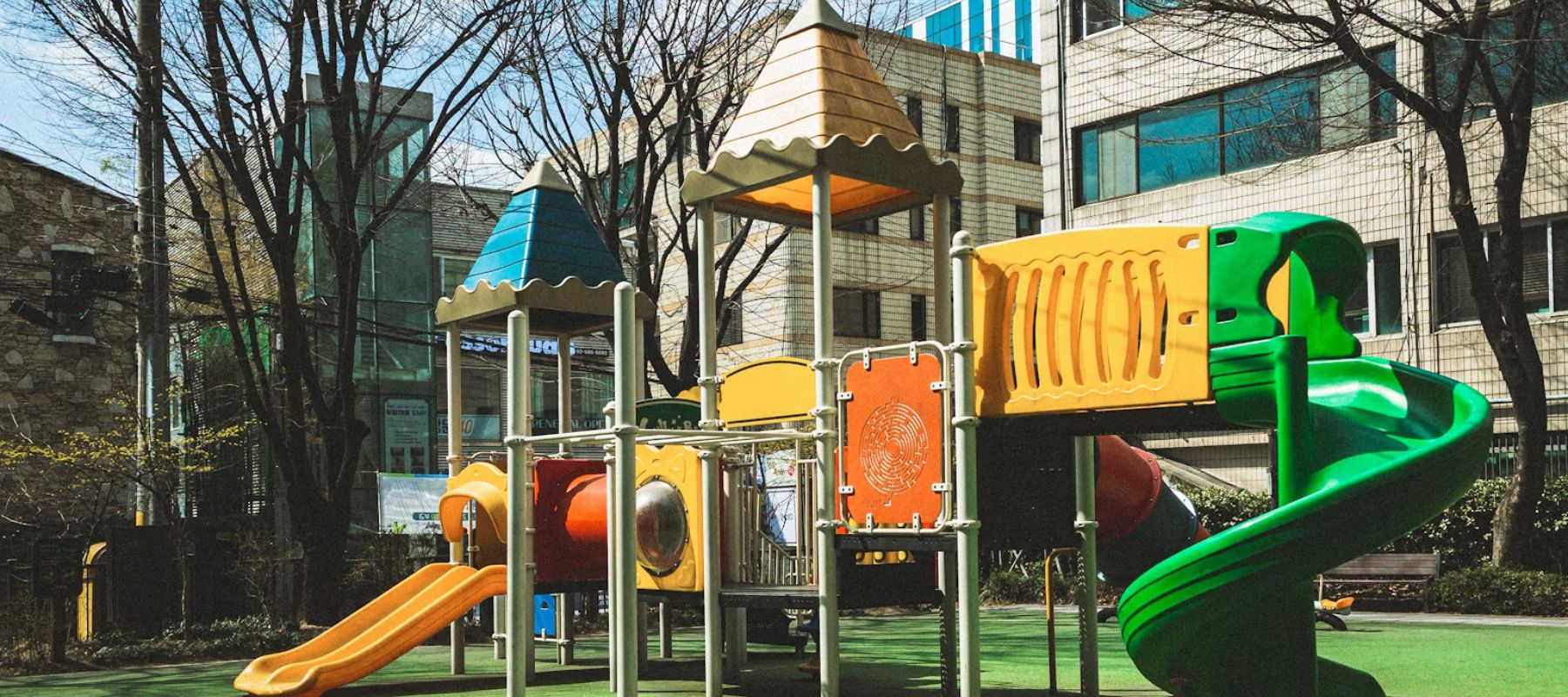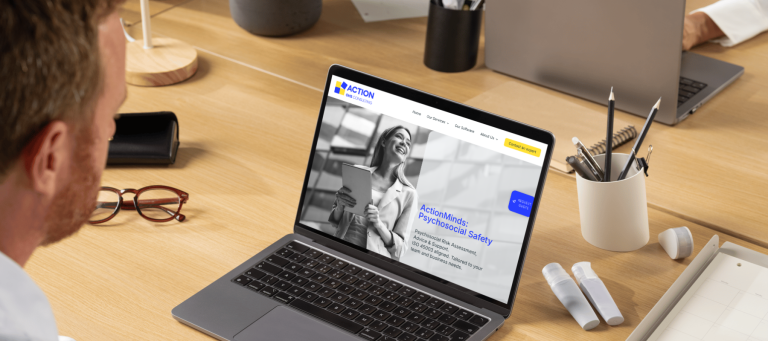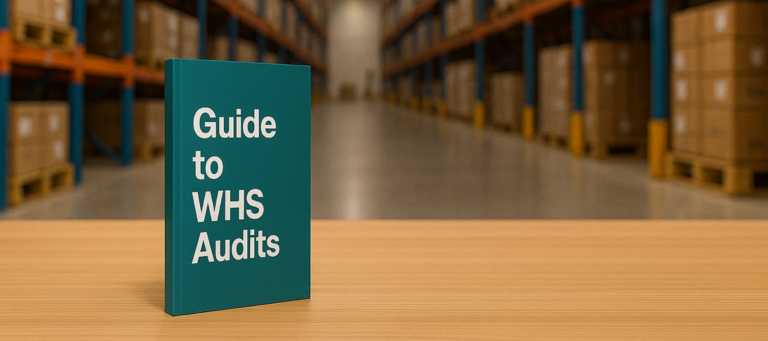The childcare industry plays a crucial role in the lives of many Queensland families. It provides a safe and nurturing environment for children while their parents work. Explore with us why it is important to balance Childcare and WHS Obligations.
In the childcare industry, we often see the primary focus is on creating a nurturing and educational environment for children. This can sometime lead to employee health and safety obligations being overlooked. However, it is crucial to remember that the safety and well-being of children and staff are intertwined. Failing to comply with WHS regulations not only endangers staff but can also impact the quality of care provided to the children.
Ensuring a safe workplace is essential to fulfilling your duty under the law.
In Queensland, the Work Health and Safety Act 2011 (WHS Act) and the Work Health and Safety Regulation 2011 (WHS Regulation) provide the legal framework for ensuring the health and safety of workers.
Common challenges seen are managing diverse risks in a dynamic environment and ensuring consistent compliance with changing regulations.
Navigating the complexities of workplace health and safety in the childcare industry can be challenging, but you don’t have to do it alone. Choose a partner that can help meet your compliance needs.
Choose the right partner to balance Childcare and WHS Obligations.
A team of experienced professionals can assist you with, but are not limited to, audits based on WHS and education standards, improving policies and procedures, staff training, and risk assessments.
Achieving the right balance between quality and quantity in workplace safety measures is essential for creating a safe and productive environment. By focusing on high-quality protocols and avoiding an overload of measures, organisations can foster better compliance and ensure that employees remain protected without feeling overwhelmed.
Key Takeaways
- Prioritise high-quality safety measures tailored to specific workplace hazards.
- Avoid excessive protocols that can lead to confusion and reduced compliance.
- Strive for a balanced approach that maintains comprehensive yet manageable safety guidelines.
- Regularly review and update safety measures to ensure ongoing effectiveness.
- Foster a culture of safety through clear communication, training, and employee involvement.
- Partner with the right team to ensure compliance.
Please contact us today to ensure that childcare facilities are safe and compliant environments for both staff and children.







